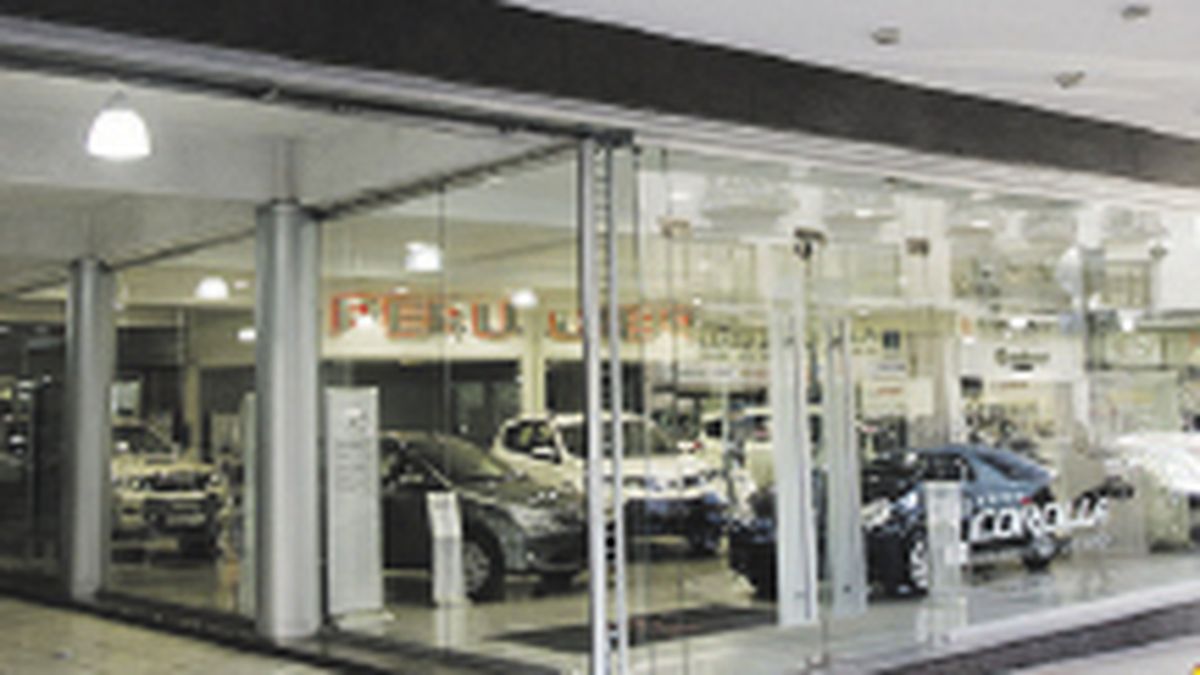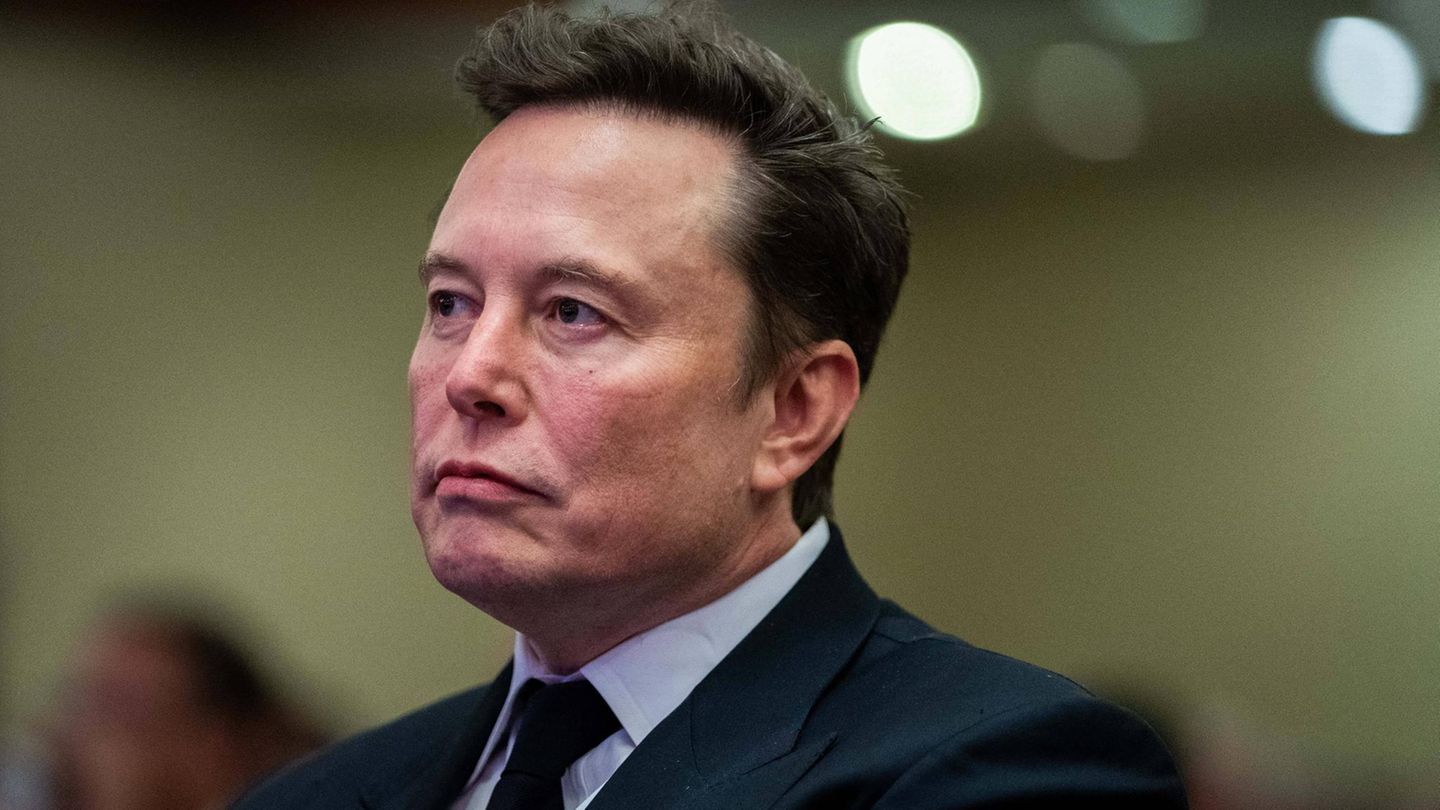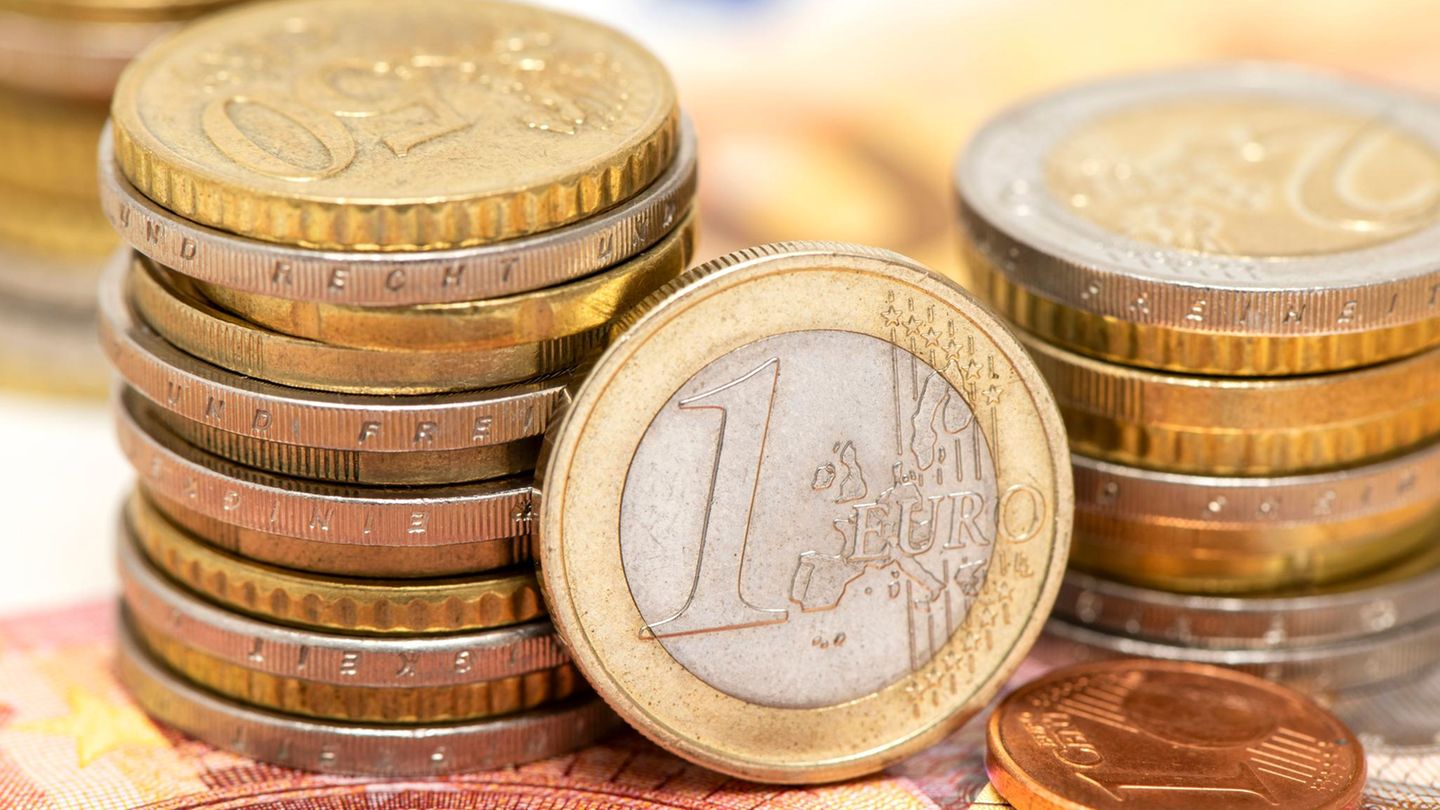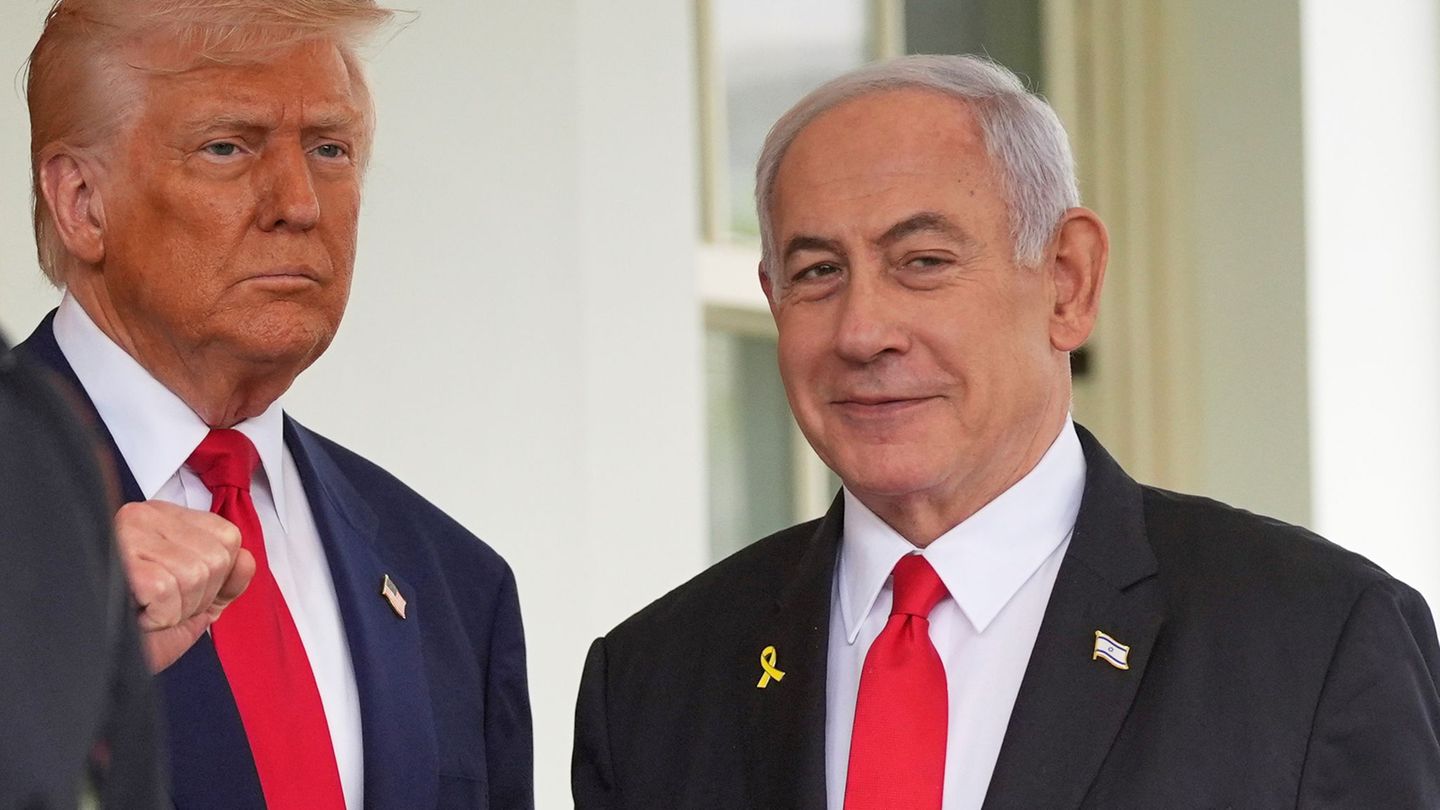This is because the negotiation between the companies and the Ministry of Economy also included the re-approval of 0 km import permits that had been stopped since the end of June.
The worsening of the import restrictions caused the shortage of units to worsen and the premiums paid for the most coveted cars to consolidate.
With this partial solution, the terminals began to nationalize vehicles that were delayed in the port of Zárate and the dealerships are receiving the first units
However, it is far from normal activity since in several segments there is still a lack of 0 km. But the curious fact is that, at the same time, in some cases, there is beginning to be a better supply of models that is being balanced with demand.
This means that while some 0 km are beginning to be sold at list price or even with slight discounts on the transaction values that existed in August, there are other cases in which delivery delays are projected for the beginning of 2025.
For example, the cases in which there are beginning to be discounts are for nationally produced vehicles. For example, in the Peugeot Partner or Citroën Berlingo utility vehicles, in some version of the Nissan Frontier or Renault Alaskan pickup truck and versions of the Volkswagen Amarok, among others.
“The Partner gasoline has a list price of $9,586,000 and we are selling it for $9,000,000”, they said in a dealership of the brand. All these models are being sold with delivery within normal times.
It must be taken into account that the lists that the terminals send to the concessionaires are with “suggested” prices and not actual compliance. Each “dealer” decides the commercial strategy that best suits them. That is why, in recent years, due to the lack of vehicles, surcharges have become widespread.
On the other hand, five years ago, when there was an oversupply of vehicles, dealerships sold with strong bonuses. The consumer loses today, due to the lack of supply, but benefited years ago, when there were 0 km left.
“The market forces us to give up profitability margins. “Patentings are a little lower than previous months,” acknowledged the manager of a dealership that has models with some discounts. The contrast is what happens with many imported vehicles. Although imports were reopened a week ago, the market is short of supplies.
This causes a lack of cars and waiting lists. The most notable case is that of the automotive company Toyota, the company that leads sales in Argentina.
Some of the vehicles that are imported have delays of up to 15 months to reach the customer. The clearest example is what happens with the Corolla Cross SEG Hybrid.
“We have everything sold. As the terminal is assigned to us, it is assigned to the customers who have a reservation, it is charged and delivered. Today, for the Corolla Cross hybrid, we are giving a delivery date for February 2025,” they told Ámbito at a brand dealership. The data was confirmed in other agencies of the Japanese network.
“For the Corolla sedan, based on the units assigned to us and the demand we have, we have to think about a delivery date within 10 months. For Yaris, a little more. As for the Hilux, as it is produced in Argentina, the time goes down to six or seven months, depending on the versions,” they said at another dealership.
The sellers emphasize that this is the scenario currently and with the current import policy, since it could vary with a change of government.
To a lesser extent this happens with some models from other brands, with delays of at least six months for delivery. In the case of a premium brand, it reaches 12 months.
Meanwhile, the “fair prices” plan that was signed with the sector, with freezing prices until the end of October for some models, is being implemented with contrasts. In some cases, where national vehicles were included, there is greater availability and they are beginning to be marketed, although with limited space.
Meanwhile, in cases where the models offered through this program are imported, the limitation is greater.
“We are not affected by four units of the version of the Polo Track included in the plan and about 30 of those that are outside the program. We have almost all of them sold,” they explained at a Volkswagen dealership.
In the case of Chevrolet, which included a version of the Montana pickup that comes from Brazil, a dealership indicated that it only had one unit and that it already has an owner.
Source: Ambito
I’m a recent graduate of the University of Missouri with a degree in journalism. I started working as a news reporter for 24 Hours World about two years ago, and I’ve been writing articles ever since. My main focus is automotive news, but I’ve also written about politics, lifestyle, and entertainment.




